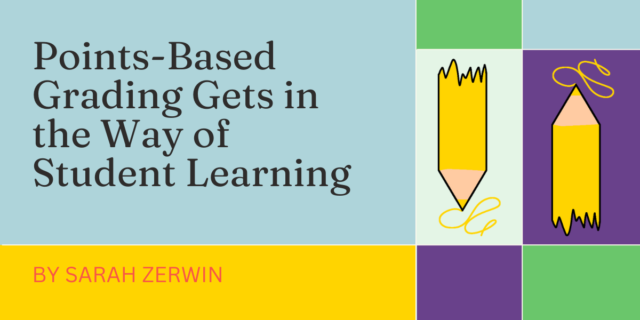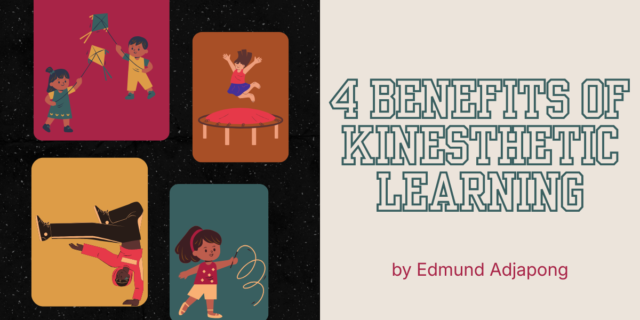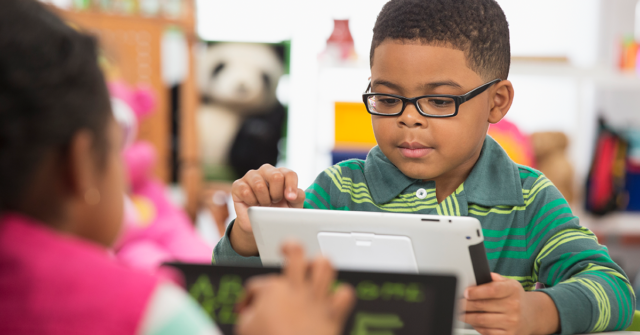
Like many kids my age, I grew up trying to avoid chores. I wanted to play the new NBA Live video games; getting buckets playing as Paul Pierce and avoiding taking the bucket of old veggies to the compost pile. I can see the irony now that a video game took me away from the actual living world. But I can also remember the desire to dunk a virtual ball, which is why I get the allure of digital media and the pressure kids face today to be “plugged in”.
When we consider the availability of screens for young people today, it makes me wonder why schools haven’t committed to providing a holistic hands-on approach to learning for students. We all have some desire to counter the intense incursion of digital life into the fleeting time that is childhood.
In this respect, while the kind of computer based adaptive learning models now popular in schools have been marketed as personalized education, in truth, they can add to alienation.
I believe that personalized learning requires people. And we are people-sons, daughters, grandparents, neighbors, students and teachers—through our relationships with other people. Ignoring this fact produces anxiety.
The pervasive nature of technology in school is a symptom of a broader social issue of trying to adapt to tools and mediums that have such great utility, but that have the potential to change their users in unpredictable ways. So how do we make learning deeper than the images students see on YouTube or social media? How do we provide truly personalized learning?
The answer is we must provide a craft, artisanal education.
Progressive education must be rooted in shared classroom experiences where dialogue helps us to come to a better relationship between each other and the immediate physical world.
The artisan progressive educator understands both the material and the age group of their practice. Said more expansively, they are seekers who believe in learning more about the textures of the world around them.
Conversations for Context
We are okay leading expeditions into the unknown, probing it with hopeful questions, intending to get closer to the complexities of everyday life. We are okay with not knowing.
It’s in the messiness of the day that we find out about ourselves. In one unit, students moved from researching famous inspiring people from around the world to also having the choice to conduct interviews of community members.
A mother shared her story of working in the construction and home renovation industry. She mostly worked with men and was promoted time and again through her determination. Her son, a student at the time, heard her story and said, “I never knew that. I’ve never heard this before.” Sharing in dialogue with students added her story to our broader understanding of being a builder, a community member, and part of a cross generational conversation about what we can find out about the people we see each day that might otherwise go unnoticed or unsaid.
And sometimes inviting community members to class leaves what is typically unsaid reverberating in your head for years. This was the case with one of the first community members to come to my classroom, a farmer. The plan was to have a “conversation cafe”-- we would lay out strips of paper with questions on them at desks for small groups of students. The students would pick questions that they wanted to talk about and have a conversation for a few minutes before rotating to the next “station”. One of the stations would include the farmer.
The morning of the conversation cafe, the farmer came in before the students and sat down with me. He was hopeful the middle school students might be interested in learning about his farm and we had been looking into sustainable practices as a class. It felt like things would mesh well.
Leaning over a student desk with his overalls on, he knowingly asked me, “Is this for real or is it just another school project?” At the time, I felt defensive. I wanted to tell him how the kids had done so much work, had collected data on food waste and prepared thoughtful questions for him. I wanted to express what was in my young teacher’s heart.
I paused. Was what I had seen throughout the unit enough? In my mind, I saw the students interviewing the cafeteria staff about the menu and counting the number of apples being thrown away in the garbage cans untouch. His words have stuck with me—when does learning become real?
Conversations with the community show students the messiness of the world. They illuminate the intersection of hope and caring skepticism that adults have for young people. Real learning holds the possibility that things won’t work out the way we planned, and that’s the point: the risk makes the new knowledge salient. Sometimes, as adults we want learning to be smooth sailing and want projects to end in solutions that can create lasting positive change. Yet, those kinds of projects–the perfect projects–lack the messy truth of the world as it is.
The farmer had seen failure. He had seen rows of carrots ready for harvest, only to be nibbled away by woodchucks in the dark of night. Things don’t always work out–and we need to talk about those times. As the philosopher Hannah Arendt wrote, “The things of the world become human for us only when we can discuss them with our fellows. We humanize what is going on in the world and in ourselves only by speaking of it, and in the course of speaking of it we learn to be human.” Each time we engage students in conversation with the everyday people from our towns and cities, we see the blending together of experiences and the creation of new shades of truth. That’s where we can find real learning.
It’s up to folks like you and me, educators. It’s up to the mothers and fathers out in the community who are trying to live a little differently, to create relationships that are more sustaining and nourishing. It’s up to all of us to take this invitation to open a new dialogue, to explore a different part of your neighborhood and to push your boundaries toward taking on one thing in your classroom that feels simple, that feels humane.


